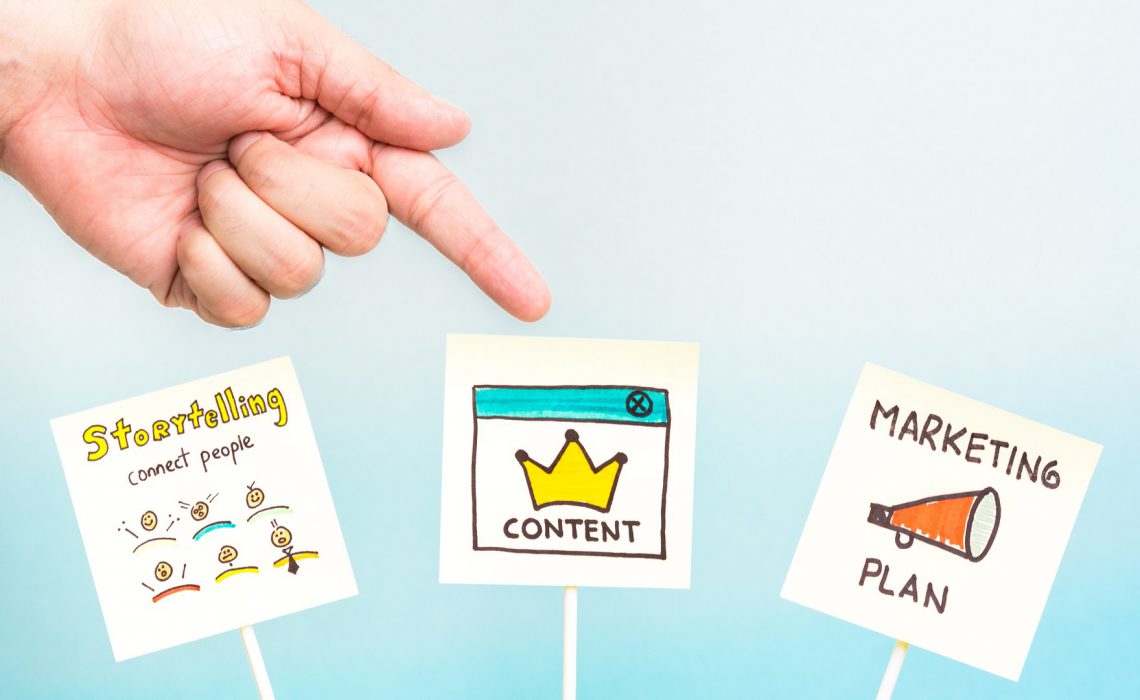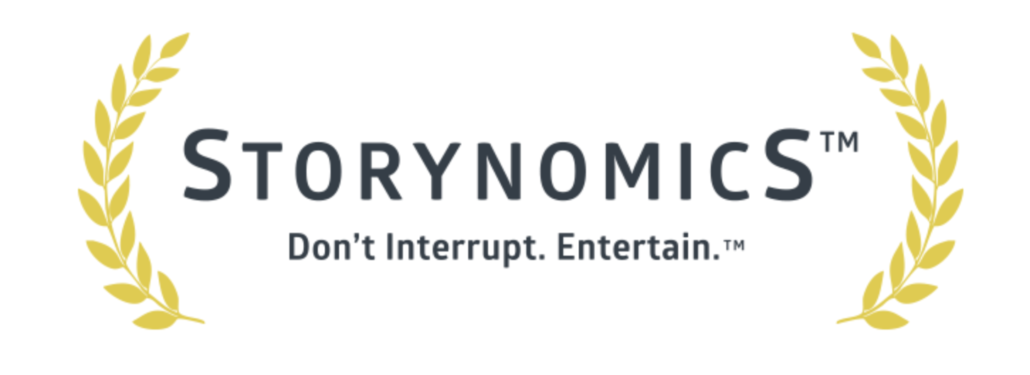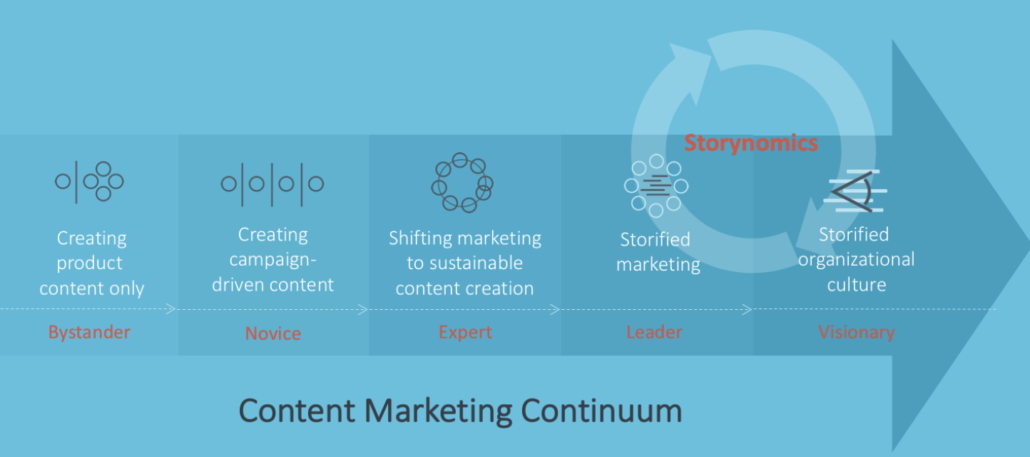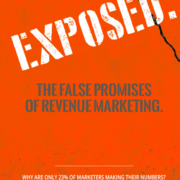Marketer as Producer: Using Storytelling to Engage Customers Effectively

Cut through the noise.
“If you can’t tell, you can’t sell,” says Storytelling authority Robert McKee.
What’s your definition of a story? McKee defines it this way: “Sequence of causally connected, dynamic events that changes a person’s life.” Change focuses the mind.
Storytelling Quiz: Watch this IBM Experience One Video on customer engagement solutions and guess which parts, if any, are storified, illustrates a problem and solution?
There is one says McKee, that is one storyfied moment, when the man in the airport gets a solution to his canceled fight beginning at minute 1:06.
McKee who made his career in the entertainment industry as an authority on storytelling in fiction, found an unexpected niche teaching businesspeople how to use storytelling to reach customers more effectively than traditional advertising.
Since 2016, McKee has partnered with Skyword CEO Tom Gerace to teach Storynomics seminars to marketing executives, a partnership of story craft and marketing innovation.
I had the opportunity to attend a Storynomics seminar recently. Here are some gleanings, conclusions and recommendations.
The Purpose-Told Story for Business
A. Story Components and Structure
For his work with businesses, McKee has translated The Fiction-Told Story (hook, build and reward with insight) to The Purpose-Told Story for Business (hook interest. express a need or problem, build interest and involvement, show a path to fulfillment, reward and motivate action). This can be looked at in eight stages.
Eight Stages of Purpose-Told Storytelling
| STAGE 1
The Target Audience Prime Principle-Meaningful Emotional Affect |
Start with the end in mind, that is. Define:
|
| STAGE 2
Subject Matter Prime Principle-Life in Balance |
Next, go back to the beginning: Define the Core Character – the Protagonist your audience can empathize with. In the IBM commercial mentioned above, it was man in the airport whose flight is canceled.
In business there are three types of protagonists,
|
| STAGE 3
Inciting Incident Prime Principle-Imbalance |
An Inciting Incident throws the protagonist’s life out of balance, creating empathy for your target audience. It is most common to start with a negative inciting incident that ultimatetely ends on positive. An inciting incident can be explicit or implicit. Goal here is to hook attention. |
| STAGE 4
Object of Desire Prime Principle-An Unfulfiled Need |
Object of Desire: What’s our core character or characters trying to achieve (desire or pain point)? Three possible choices: resource, product or service.
Forces of Antagonism – What prevents protagonist from reaching their OoD? |
| STAGE 5
First Action Prime Principle-Tactical Choice
|
Build interest and involvement: What will enable the protagonist to oversome the forces of antagonism? The Turning Point? What action do you want your target audience to take? The choice must be clear.
Effect of Turning Points – [Suspence = emotional curiousity]
By creating emphathy, you trigger trust and with +/- turning points, you command their attention. And as you collect data/analytics along the journey, you get to know your audience more deeply and engage more effectively. The mastery of data becomes the mastery of content with the experience There may be several turning points/reactions +/- before the climactic one when the protagonist makes a choice. |
| STAGE 6
First Reaction Prime Principle-Violation of Expectations |
Pathway to fulfillment: First reaction – the violation of expectation (or obstacles) delivers a surprise followed by a rush of insight The gap between subjective anticipation and objective result closes. |
| STAGE 7
Crisis Choice Prime Principle-Insight |
While insight may be gleaned above, it may not be enought to close the gap. A second turning point spurring more insight may cause a positive reaction. |
| STAGE 8
Climactic Reaction Prime Principle-Closure |
A gap opens up — Positive Turning Point lends more insight, shows new direction, emotion (side effect of change) and action and the OoD is captured and the situation turns from imbalance to balance..
If this were a video story, there would be an Open Mind (aha) moment of about 6-8 seconds, then the logo would appear, a subtle CTA. |
B. Telling the Purpose-Built Story -> Content Marketing for Business
Now with an understanding of the components and structure of a purpose built story, the challenge is to start telling fact-based stories, that win your target audience’s heart and mind and ultimately business and advocacy.
The application of modern story-telling can address four key goals:
- Branding: Build/differentiate brand, brand value, and brand loyalty with story form
- Advertising : Extend the life span of the current model to tell stories/fluid experiences at a sustained pace to earn the respect of customers and keep it.
- Demand and/or Lead Generation: Drive leads with story, amplified in social/paid and measure. Apply story form to segmented audience, qualify leads with inciting incident, etc.
- Marketing/Sales: Apply the 8 stages to Fact-Based story telling above.
C. Story-telling in a Dynamic Omni-channel Environment
In the final analysis, for story-telling to be effective, the right content or message must be delivered in the right context (i.e., the situation, journey stage, behavior, current needs, etc., of the specific interaction), at the right time, and in the right place (or channel e.g., web, phone, app, social platform, email, etc.).
Part and parcel of this is to consider the audience’s experiences, that is what experience do we want our audience to have when consuming our content.
In innovative marketing environments, enabling technology helps coordinate content strategies and experiences across multiple audiences, campaigns and channels.
D. Content-Marketing Maturity
There is a maturity model to Content Marketing. Storynomics advanced maturity is content marketing leader and visionary. Where does your company fall on the continuum? Need some work? Contact Revenue Architects for a complimentary 30-minute consultation.










